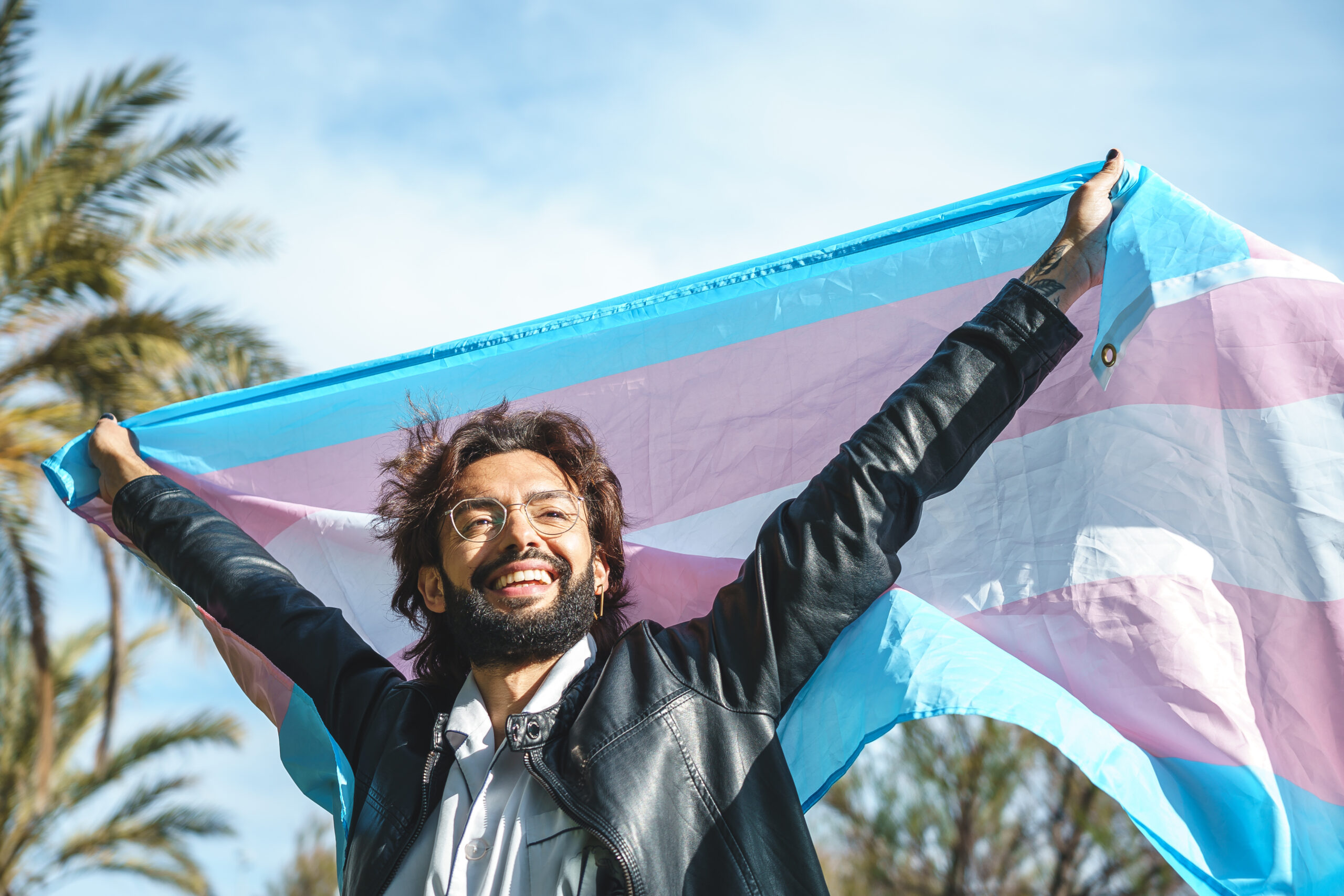Here are some of the things we have learned from having conversations about sexual health with young people.
Washington, DC’s premier leather, kink, and fetish event known as “Mid-Atlantic Leather Weekend (MAL)” concluded last Martin Luther King, Jr. Day weekend with plenty of parties, pageants, and “pup play.” I was a first-time visitor to the annual event that brings together leather, kink, and fetish enthusiasts from around the region and the globe to socialize, express themselves, and yes—have sex. All kinds of sex.
The crowd had a heavily LGBTQ+ presence, most notably a gay male presence. And while public health broadly and sexual health more narrowly have historically marginalized both the kink and gay communities through discourses of deviance and pathology¹, MAL offers a space free of the shame and judgement of the dominant culture and its institutions—a temporary yet transformational space of sexual liberation.
Near the events host hotel, I logged onto Grindr. (Grindr is a geolocation app used mostly by gay men and transwomen to find and meet other gay men and transwomen.)
“Into?,” someone asked.
Ah, yes, “into…” As in, “What are you into?” You know, sexually into. What are your likes? What are your dislikes? What gets you off? What doesn’t? What are your desires? Your limits?
On apps like Grindr, it’s not uncommon for users to ask this question, or even lead with it. At places like MAL, people many times openly discuss what they’re “into” one-on-one or in groups.
I have long thought that public health broadly and sexual health more narrowly have the most to learn from the communities we intentionally or unintentionally marginalize. This especially includes the kink and gay communities.
Case in point: while the conversations that often follow the simple question “into?” may seem downright explicit to many readers, they are in fact explicit—stated clearly and in detail, leaving little room for confusion or doubt.
If clear, detailed communication is an important aspect of sexual consent, how might we export these types of conversations common in kink and some LGBTQ+ cultures to the mainstream culture, I wonder? How might we export other practices (or the spirit of other practices), such as the use of “safe words,” that promote other aspects of consent?
Over the past year or so, I’ve worked on a project aimed at encouraging safer and more pleasurable sexual experiences among young adults². The project specifically focuses on using technology to help young men express their desires, boundaries, and consent. In formative research, my colleagues and I interviewed dozens of young men on the East and West Coasts asking about their sexual experiences. Some of those young men are gay or bisexual. Others belong to one or more kink communities.
Here are just a few things we’ve noted:
- Gay and bisexual young men often explicitly ask each other if they are interested in sex (oftentimes via apps like Grindr), while bisexual and straight young men many times (at least initially) infer about their potential women partners’ interest in sex via social cues (e.g., Did she come over to watch this movie showered—or not showered?).
- Gay young men often explicitly ask about HIV and STI status, while straight young men more often infer about HIV and STI status of women partners by considering other markers, such as a potential partners’ behavior or number of recent partners.
- Those in kink communities, such as those practicing BDSM, have an explicit, multifaceted, sometimes even written “codes of conduct” all members are expected to follow, while those outside of these communities have looser, more ambiguous norms governing sexual activity. As one interviewee put it, these codes are important because “fake dom[inant]s can kill you” and, when followed, ensure physical, psychological, and emotional safety for everyone.
If public health and sexual health want to encourage sexual experiences that are consensual and safe, we ought to rethink our approaches to events like MAL. Way more than public health missionaries passing out condoms, what these events really need is our willingness and openness to learn and listen.
After all, as public health and sexual health professionals, what are we really into?
¹Words such as “fetishize” and “high-risk” come to mind when considering discourses of deviance and pathology, respectively.
²More on this project in the coming months
PHOTO CREDIT: Photo by Dainis Graveris on SexualAlpha







